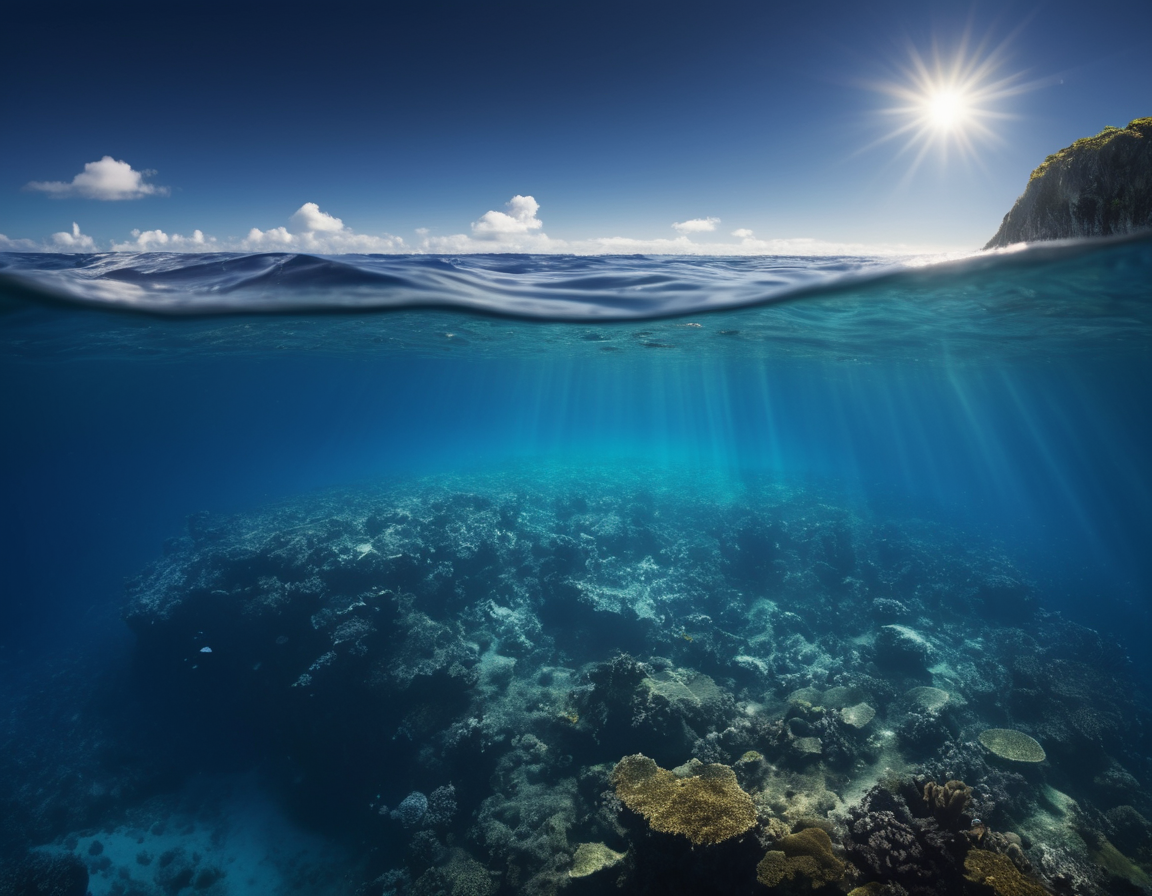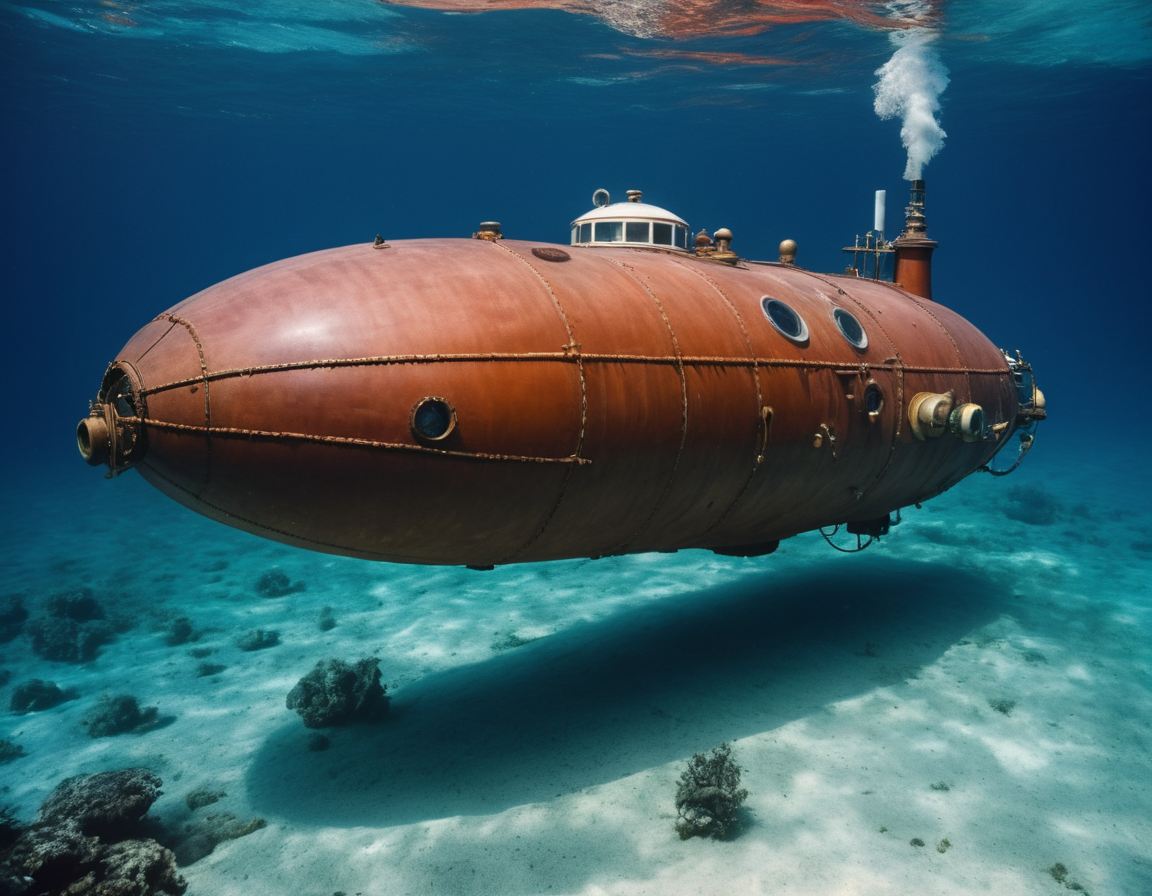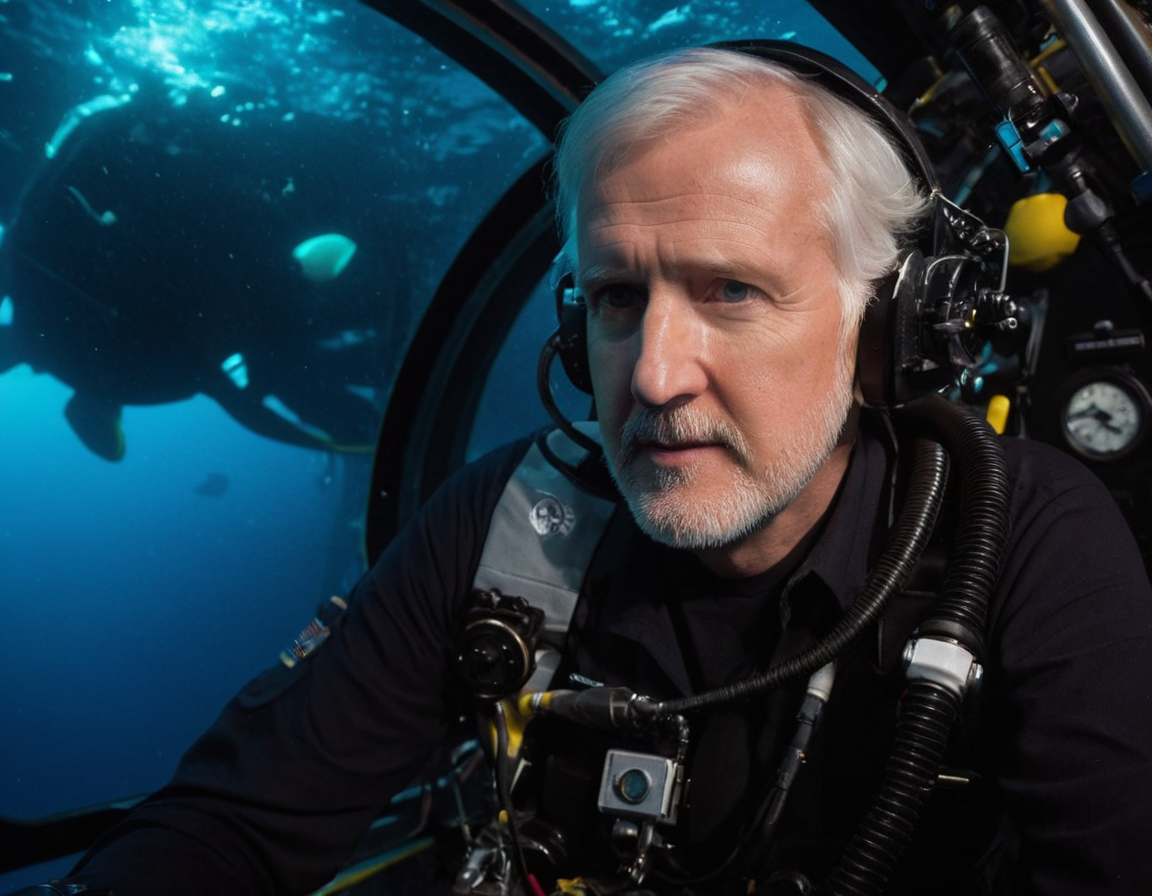Exploring the Depths of Challenger Deep: Humanity’s Mariana Trench Endeavor
Discovering the Secrets of Challenger Deep
Challenger Deep, the deepest known point in the Earth’s seabed hydrosphere located in the Mariana Trench, remains one of the most enigmatic and fascinating frontiers for marine exploration. In this in-depth blog post, we’ll take a virtual dive into the profound depths of Challenger Deep, uncovering its mysteries and the monumental human efforts to explore it.
Unfathomable Depths: The Mariana Trench
The Mariana Trench is more than just a geographical curiosity; it’s a deep-sea trench located in the western Pacific Ocean, extending approximately 2,550 kilometers and reaching depths of up to 10,984 meters at the Challenger Deep. The trench is named after the nearby Mariana Islands. This exceptional area, mostly untouched and alien to us, provides significant insights into the geological and biological processes of our planet.

The Historic Descent: Trieste’s Voyage
On January 23, 1960, the Trieste, a Swiss-designed, Italian-built deep-diving research bathyscaphe, made a historic manned descent to the Challenger Deep. Captained by U.S. Navy Lieutenant Don Walsh and Swiss oceanographer Jacques Piccard, the submersible reached the ocean floor, a feat that would not be repeated until 52 years later. Their journey paved the way for future deep-sea explorations and sparked worldwide interest in the mysterious depths of the ocean.

Returning to the Abyss: James Cameron’s Dive
Film director and deep-sea explorer James Cameron revisited the Challenger Deep on March 26, 2012, solo piloting the Deepsea Challenger submersible. His exploration marked only the second manned voyage to the bottom of the trench, capturing public imagination and bringing to light the need for continued research and conservation of the ocean’s least understood regions.
During his expedition, Cameron collected samples and footage that have since contributed to our understanding of deep-sea ecology and geology. The Deepsea Challenger’s technological advancements in materials and engineering have also been key in the design of future underwater research vessels.

The Ongoing Quest: Recent Expeditions and Discoveries
Since Cameron’s dive, there have been several unmanned and manned expeditions to Challenger Deep, each contributing unique findings. Remarkably, in 2020, explorer Victor Vescovo completed a series of dives that successfully visited the deepest points of all five of the world’s oceans. His mission underscored our advancing capability to explore these remote places and the potential for new scientific discoveries.
Research in these depth zones, sometimes referred to as ‘hadal zones,’ has revealed new species and given insight into how life adapts to extreme pressure, darkness, and cold. Moreover, the geological activity observed points to dynamic processes that continue to shape our earth, far beneath the waves.

Why We Explore the Depths
The quest to explore Challenger Deep is fueled by our innate curiosity and desire to understand our world. Scientifically, these explorations help to unravel the complex web of life in extreme environments, contribute to our knowledge of Earth’s geological history, and even aid in our search for life on other planets.
Furthermore, as we venture deeper, we also discover potential new resources and identify challenges in preserving these untouched ecosystems from the impacts of human activities.
Join the journey and immerse yourself in the captivating tale of Challenger Deep, a reminder of the vast, uncharted territories that still await discovery beneath the ocean’s surface.
Call to Action
If you’re inspired by the mysteries of the deep and want to support oceanic research, consider donating to organizations that fund seafloor exploration and conservation projects. The ocean’s depths hold infinite mysteries and opportunities for discovery, education, and preservation.






